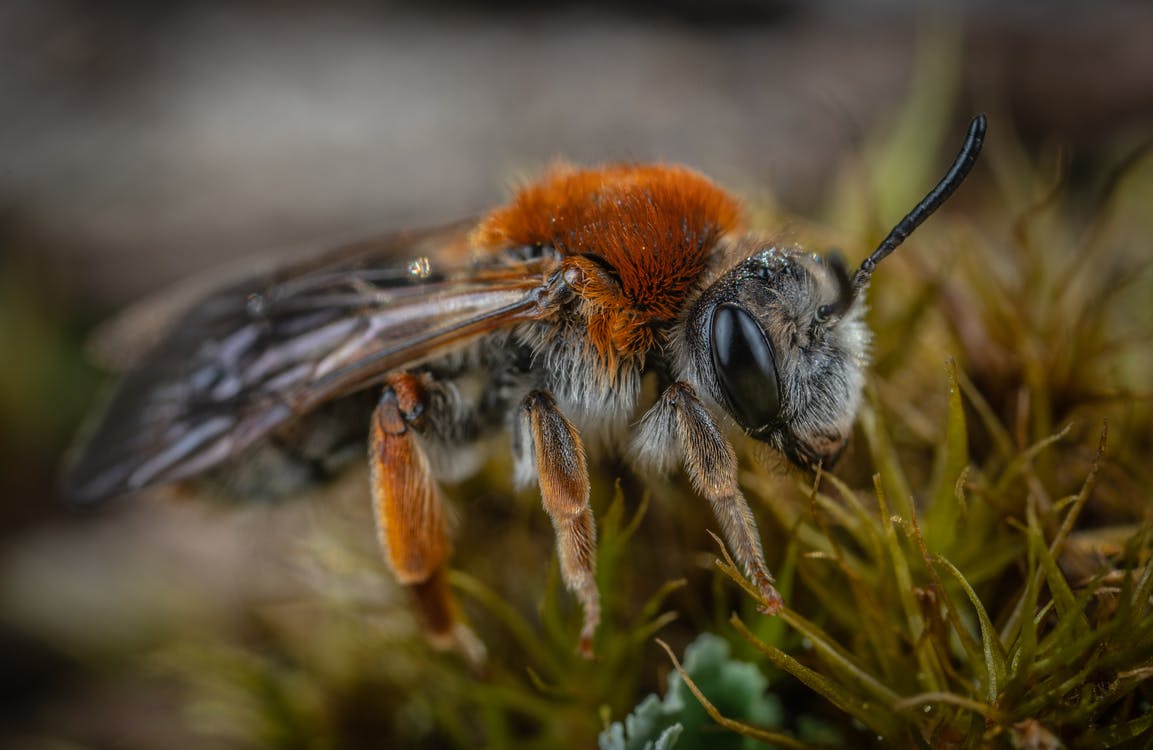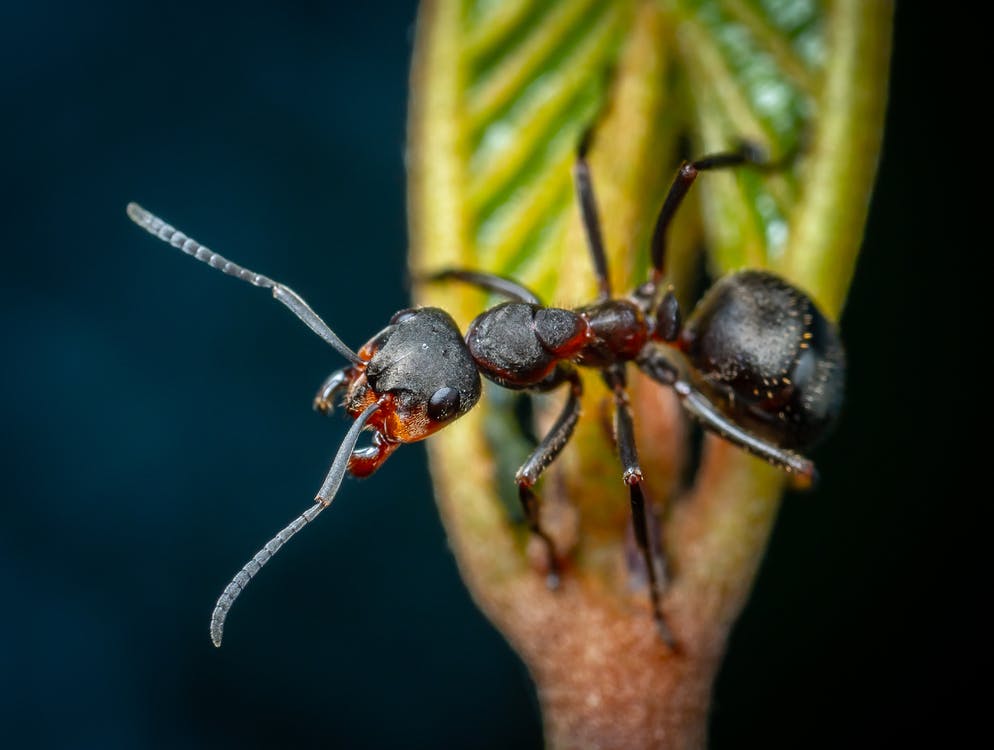Insects and Other Arthropods
Arthropods are invertebrates with segmented bodies and jointed limbs. The exoskeleton or cuticles consists of chitin, a polymer of glucosamine. Estimates of the number of arthropod species vary between 1,170,000 and 5 to 10 million and account for over 80 percent of all known living animal species. This section focuses on some of the most common and well known venomous (or poisonous) arthropods.

Bees
Common name: Bee
Order: Hymenoptera
Superfamily: Apoidea
Distribution: Bees are found on every continent except for Antarctica, in every habitat on the planet that contains insect-pollinated flowering plants.
Venomous or poisonous?: Venomous
Interesting facts: The main component of bee venom responsible for pain in vertebrates is the toxin melittin. Histamine and other biogenic amines may also contribute to pain and itching. With a toxic sting, and thus the ability to protect against predators, Hymenoptera were able to progress towards sociality and its associated evolutionary benefits of the shared raising of youth, individual task specialization, inter-colony communication, and food storage.

Ants
Common name: Ant
Family: Formicidae
Subfamilies: Formicidae is divided into 21 subfamilies with more than 12,000 described species and many others awaiting description.
Distribution: Ants have colonised almost every landmass on Earth. The only places lacking indigenous ants are Antarctica and a few remote or inhospitable islands
Venomous or poisonous?: Venomous
Interesting facts: The bullet ant's sting is currently the highest on Schmidt's sting pain index, at 4.0+. The pain has been described as “walking over flaming charcoal with a three-inch nail embedded in your heel". Some victims compared the pain to that of being shot, hence the name of the insect. It is described as causing "waves of burning, throbbing, all-consuming pain that continues unabated for up to 24 hours". The Sateré-Mawé people of Brazil use intentional bullet ant stings as part of their initiation rites to become warriors. 80 bullet ants are woven into gloves made of leaves, stingers facing inward, and initiee must keep the glove on for 5 to 10 minutes. When finished, the boy's hand and part of his arm are temporarily paralyzed because of the ant venom, and he may shake uncontrollably for days.

Beetles
Common name: Beetle (here White-Eyed Assassin Bug)
Family: Reduviidae
Genus: Platymeris
Distribution: Endemic to tropical Africa, it is found in countries such as Senegal, Gambia, Guinea, Mali, Ivory Coast, Togo, Benin, Niger, Nigeria, Chad, Sudan, Ethiopia, Somalia, the Democratic Republic of Congo, Uganda, Kenya, Tanzania, Zambia, Zimbabwe, and Mozambique in humid tropical forest, particularly hollow tree stumps and decaying logs
Venomous or poisonous?: Venomous
Interesting facts: White-eyed Assassin Bugs have needle like mouth parts designed for sucking juices out of plants or other insects instead of chewing. P. biguttatus has sharp stylets in its proboscis or rostrum used to pierce the exoskeleton of its prey. Saliva is then injected into the prey which liquifies its tissues, and the rostrum is then used to suck out the digested fluids. If disturbed, it is capable of a defensive bite considered to be more painful than a bee sting. It is also known to spit venom that can cause temporary blindness in humans.

Centipedes
Common name: Centipede
Class: Chilopoda
Orders: Scutigeromorpha, Lithobiomorpha, Craterostigmomorpha, Scolopendromorpha and Geophilomorpha
Distribution: Centipedes have a wide geographical range, even reaching beyond the Arctic Circle. They are found in an array of terrestrial habitats from tropical rainforests to deserts.
Venomous or poisonous?: Venomous
Interesting facts: While a bite to an adult human is usually very painful and may cause severe swelling, chills, fever, and weakness, it is unlikely to be fatal. Bites can be dangerous to small children and those with allergies to bee stings. The venomous bite of larger centipedes can induce anaphylactic shock in such people. Smaller centipedes are generally incapable of piercing human skin. As a food item, certain large-sized centipedes are consumed in China, usually skewered and grilled or deep fried.